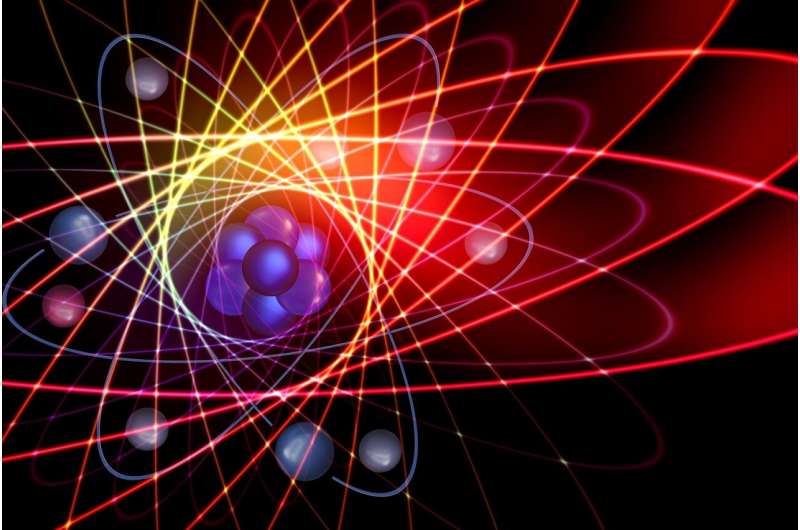Using nuclear spins neighboring a lanthanide atom to create Greenberger-Horne-Zeilinger quantum states

Researchers have experimentally demonstrated a new quantum information storage protocol that can be used to create Greenberger-Horne-Zeilinger (GHZ) quantum states. There is a great deal of interest in these complex entangled states because of their potential use in quantum sensing and quantum error correction applications.
Chun-Ju Wu from the California Institute of Technology will present this research at the Optica Quantum 2.0 Conference and Exhibition, as a hybrid event June 18-22 in Denver, Colorado.
Quantum-based technologies store information in the form of qubits, the quantum equivalent of the binary bits used in classical computing. GHZ states take this a step further by entangling three or more qubits. This increased complexity can be used to store more information, thus boosting precision and performance in applications such as quantum sensing and networking.
Systems where qubits surround a central qubit that can be controlled provide a natural platform to prepare and utilize such states. For these experiments, the researchers used a single ytterbium ion qubit that can be controlled with lasers and on-chip electrodes surrounded by nuclear spins inside a crystal.
Specifically, the researchers utilized a highly localized ensemble of four deterministically and symmetrically positioned vanadium nuclear spins. They developed the control of these spins and demonstrated the ability to store and retrieve quantum information in the form of GHZ states.
Furthermore, they leveraged the symmetry of their central spin system to intrinsically protect the stored quantum information from correlated magnetic field noise. This is a critical demonstration of resilience, necessary for real-world applications.
Their results demonstrate the possibility of harnessing complex nuclear-spin systems to enhance the functionality of quantum nodes.
In the future, the capability of this system will be improved by using additional ensembles of vanadium nuclear spins. Developing novel pulsed control sequences and hardware with improved control will be used to achieve these goals.
Citation:
Using nuclear spins neighboring a lanthanide atom to create Greenberger-Horne-Zeilinger quantum states (2023, May 23)
retrieved 23 May 2023
from https://phys.org/news/2023-05-nuclear-neighboring-lanthanide-atom-greenberger-horne-zeilinger.html
This document is subject to copyright. Apart from any fair dealing for the purpose of private study or research, no
part may be reproduced without the written permission. The content is provided for information purposes only.
For all the latest Science News Click Here
For the latest news and updates, follow us on Google News.

